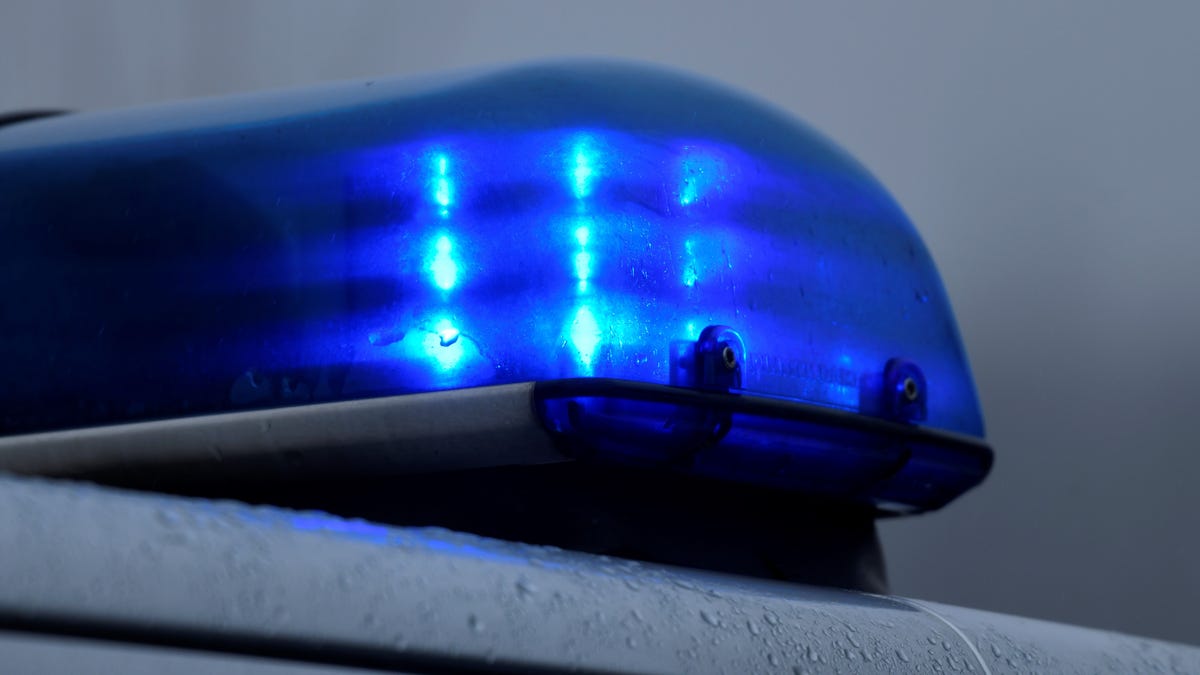David Gordon Green is capable of tackling just about any story and doing it in his own distinct manner. His career has gone in so many directions, to be sure. So, when he was making a family film again with Nutcrackers, I was open to pretty much any type of family flick. As such, it’s a bit of a disappointment for the movie to be totally cute and inoffensive, but little more than that. It’s amusing, sure, but should be more amusing. Plus, it’s just not quite as funny as you want it to be.
Nutcrackers has charm and a good heart, no doubt about that. It just never builds on the goodwill to become something memorable. There’s a clear hope to become an eventual holiday staple, being rewatched over and over again by families. However, by playing it so safe, it falls short of that mark by a bit. The film threatens at times to become more, but ultimately is unable to get to that point and fully win you over.

Straight-laced Mike (Ben Stiller) has come from Chicago to the farm where his recently deceased sister and brother-in-law used to live in order to sign some paperwork. When he arrives in the small town, he finds out that he’s essentially become the temporary guardian of his now orphaned nephews. Moreover, the quartet of moppet young men are pretty much feral. Mike is initially no match for Justice (Homer Janson), Simon (Arlo Janson), Steve Jr. (Ulysses Janson), and Samuel (Atlas Janson). In fact, they’re actively torturing him.
As you might expect, both sides thaw. While a social worker (Linda Cardellini) attempts to find the boys a new home, some bonding occurs. Of course, Mike wants his old life back, while leads to tension when his nephews feel like he doesn’t want them. Some very funny moments result, but the climix obviously is going to be a heartfelt attempt to get you to roll a tear.

Ben Stiller isn’t asked to do anything he hasn’t done before, which is a shame. He’s good in the role, without question, but he has more to offer than this. He’s allowed to be funny and be serious, and he’s aces in a scene where he tells the story of Rambo as a bedtime tale, but it’s a case where you’re waiting for a next level that never comes. The quartet of Arlo Janson, Atlas Janson, Homer Janson, and Ulysses Janson are fine, provided you’re alright with cute kid performances. A sequence where they ask Mike to teach them sex ed has them at their funniest. Linda Cardellini doesn’t get much to do, unfortunately, but she’s a warm presence. Supporting players here include Ari Graynor, Tim Heidecker, Toby Huss, and more, but it’s mostly about Stiller and the boys, who can amuse and make you smile, albeit not quite enough.
Director David Gordon Green has a personal stake in this picture, but it never comes across in the final product. Now, the screenplay by Leland Douglas is just so generic that Green can’t do too much with it, but it’s still a shame. The aforementioned moments are comedy highlights, though you wish that Nutcrackers was funnier. The ending is cliched but effective, though you wish that the drama of it all was a bit more consistent. In the end, you just wish for a bit more all around.
Nutcrackers is perfectly fine, and there’s nothing wrong with that, but David Gordon Green and Ben Stiller’s presence had me hoping for more. As a Hulu release you can watch with family this holiday weekend, you can do a lot worse. The thing is, you can do better, and I just can’t fully let that slide. So, consider this ever so close to a recommendation, even though I’m not quite there…
SCORE: ★★1/2












/cdn.vox-cdn.com/uploads/chorus_asset/file/25263320/STK169_Zuckerberg_C_CVirginia.jpg)











/cdn.vox-cdn.com/uploads/chorus_asset/file/25739950/247386_Elon_Musk_Open_AI_CVirginia.jpg)





